Happy, sad, angry, scared, disgusted, excited, surprised, jealous, amused, bored, frustrated, embarrassed, shy, joyful, puzzled, relieved…the list goes on. Emotions are everywhere and we can choose to ignore them or embrace them. As a therapist, one of my most frequent wonderings with a client is how something makes them feel. So often, they are unable, or don’t want to, acknowledge their feeling. Why is that? Because feeling can be painful. Therefore, it seems better to protect oneself and push the feelings down. However, some way or another they will surface…maybe in the form of a volcanic explosion or in the less obvious custom of withdrawal from society.
So, how do we learn what emotions actually are? Let’s go back to the very beginning. Louis Cozolino, an American Professor of Psychology and Clinical Psychologist has some very interesting insights. As soon as we enter the world as a tiny being we start looking at the faces and eyes of those around us. In particular, we become more familiar with (and therefore show preference to) the mother’s face;
“The fixation on the mother’s face is an obligatory brainstem reflex that ensures the “imprinting” of this vital social information” (p. 154)
In other words, watching our mother’s faces as we grow and develop provides us with a huge amount of social information! Gulp! No pressure!! “Our ability to ready facial expressions is integral to social bonding and physical survival” (p. 175).
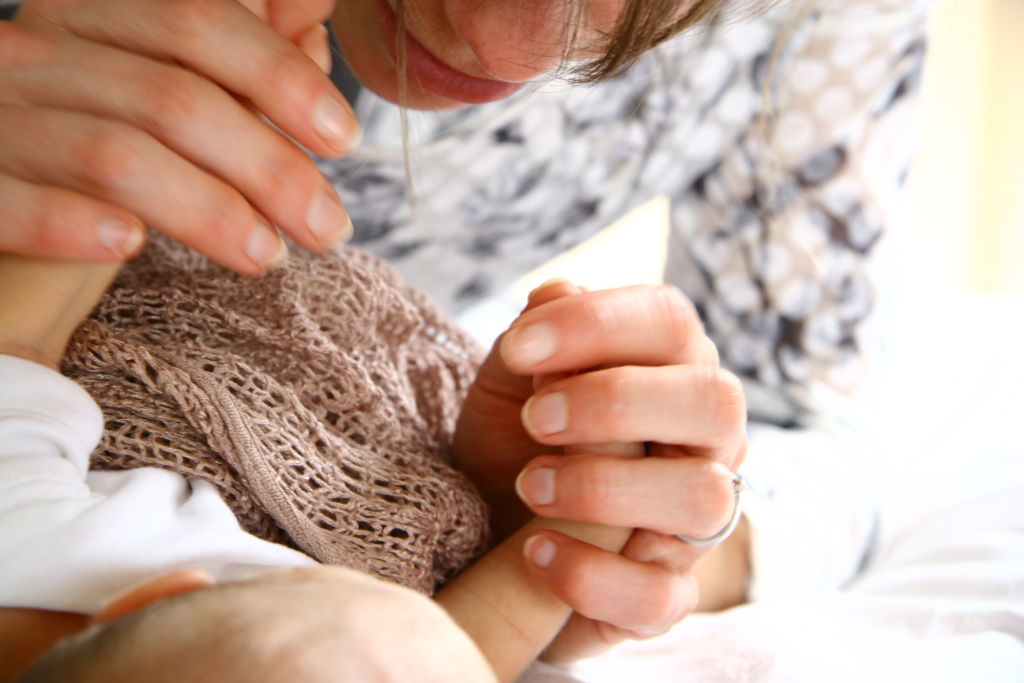
Watching Mummy 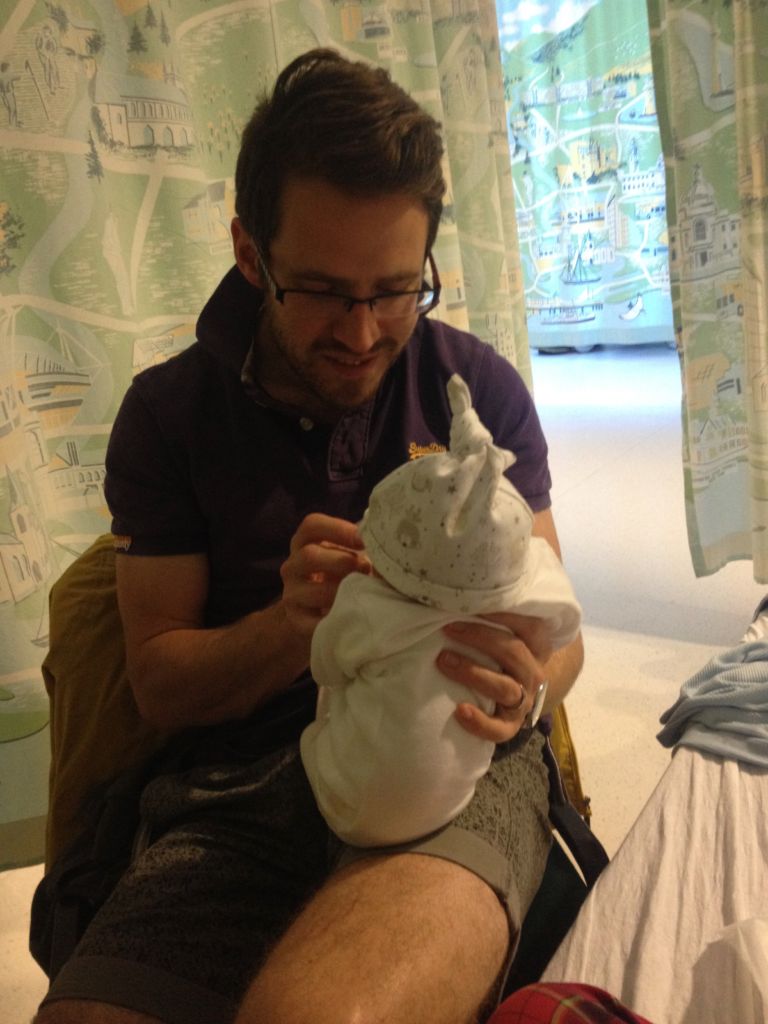
Watching Daddy
Babies and young children seek out the faces of those close to them and start to learn and understand emotions as they read these faces. Have you ever wondered why, when talking to a baby, you go all high pitched and pull silly faces? Not only do they prefer, and respond better to the high pitched voice, the exaggerated faces help them to start this journey of learning. They start to understand that faces can have different meanings. As their brains become more sophisticated, they fire up the connections between the face being shown and the feeling being felt…the start of empathy (but that will have to be another blog!).
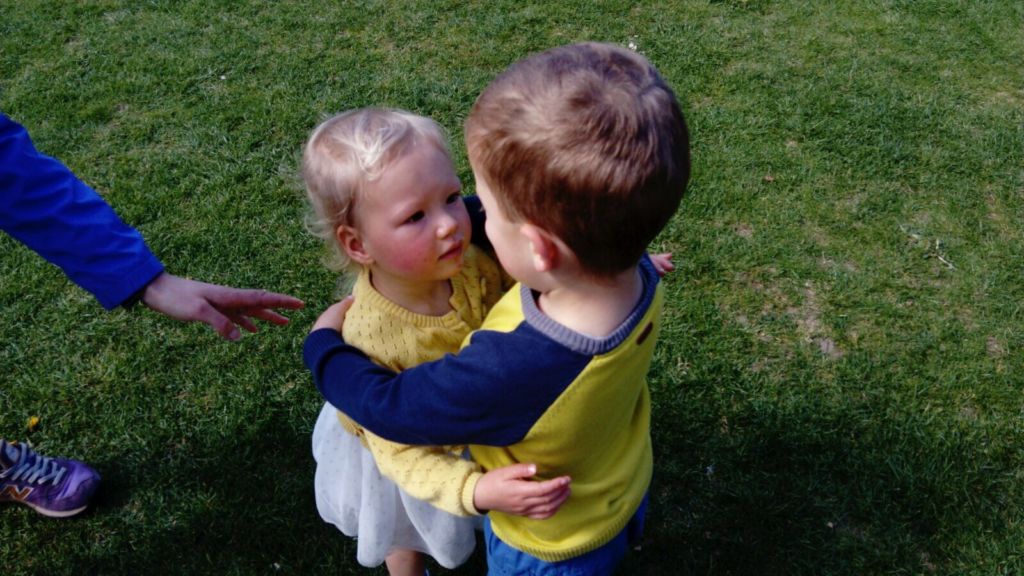
Why then, do we so often choose to hide from our feelings rather than accept them and allow them to help us grow as people and learn from them? Cozolino quotes Kimura et al (2004);
“…unconscious emotional processing based on past experiences invisibly guides our moment-to-moment thoughts, feelings and behaviours” (p. 68).
What has happened in the past has been stored as emotional memory. We may not remember the event itself, but we will remember how it has made us feel and that will cause us to react accordingly. When we have faced hurtful times and not allowed ourselves to process them properly, we will find that the emotional memory is so powerful we wish to escape it. Thus, we choose to push it down and try to pretend it’s not there. We may avoid the situation we are facing completely or go into it rivalled and the slightest trigger will lead to an emotional outburst.
One of the biggest journeys in life (and one I think we will partake in forever) is learning to identify not only how we feel, but what we should do about it. For example, over the years I have learnt that if someone asks me what is wrong (so clearly my facial expressions and body language are suggesting something is wrong) I cannot answer immediately. I often need time to figure out what is bothering me. It has taken me years to come to that realisation, but it has been a very helpful one! Those around me now know to give me a bit of space so I can figure it out. What a fascinating puzzle the human being is! What can you find out about yourself today? I bet there’s something!
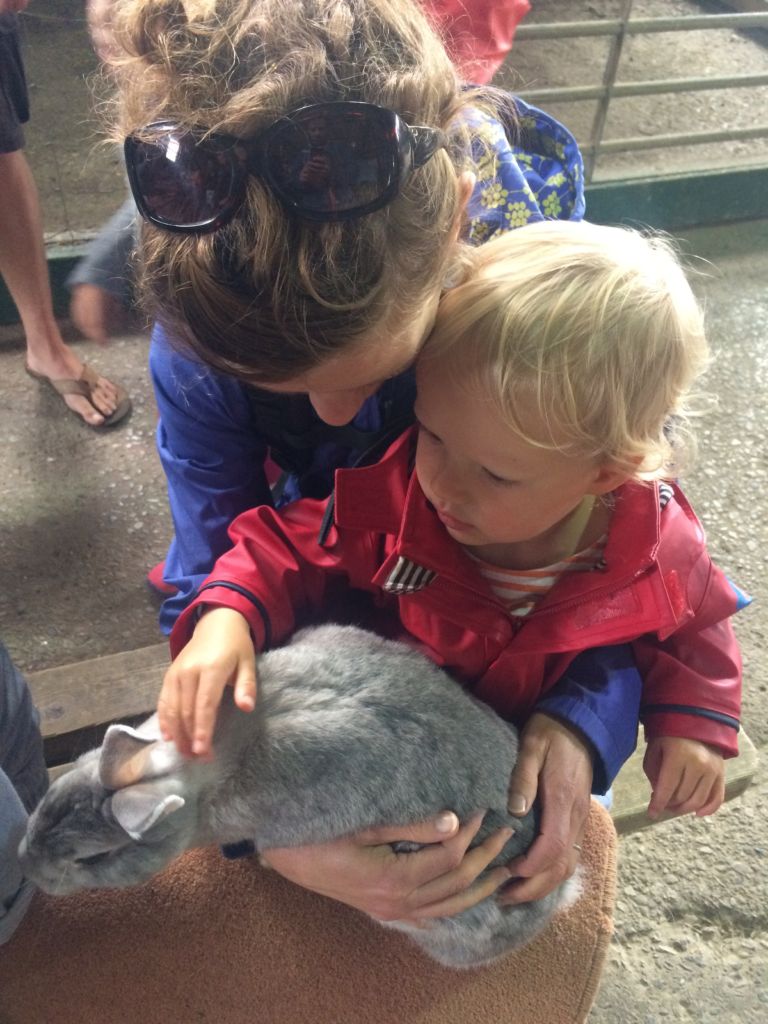
Cozolino, L., The Neuroscience of Human Relationships (2006), W.W. Norton & Company, Inc., New York
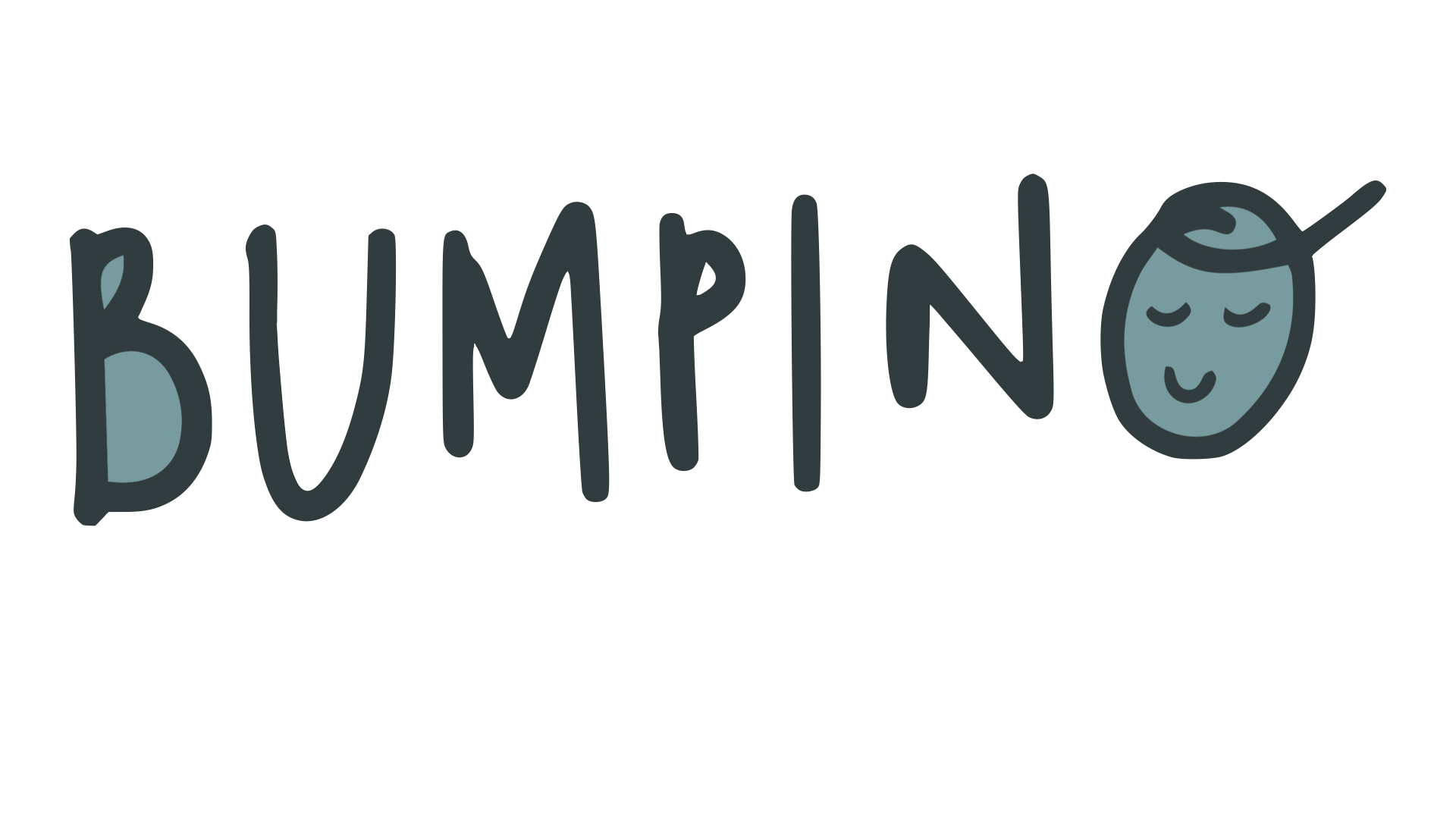

2 thoughts on “The way you make me feel”
In the recent David Attenborough “Seven Worlds”, the albatross could not recognise its chick off the nest despite it calling! Only when the chick managed, with difficulty, to scramble back into the nest did the parent recognise, warm and feed it. Recognition is a matter of life or death – no wonder we learn to recognise faces!
Crazy!!
Comments are closed.